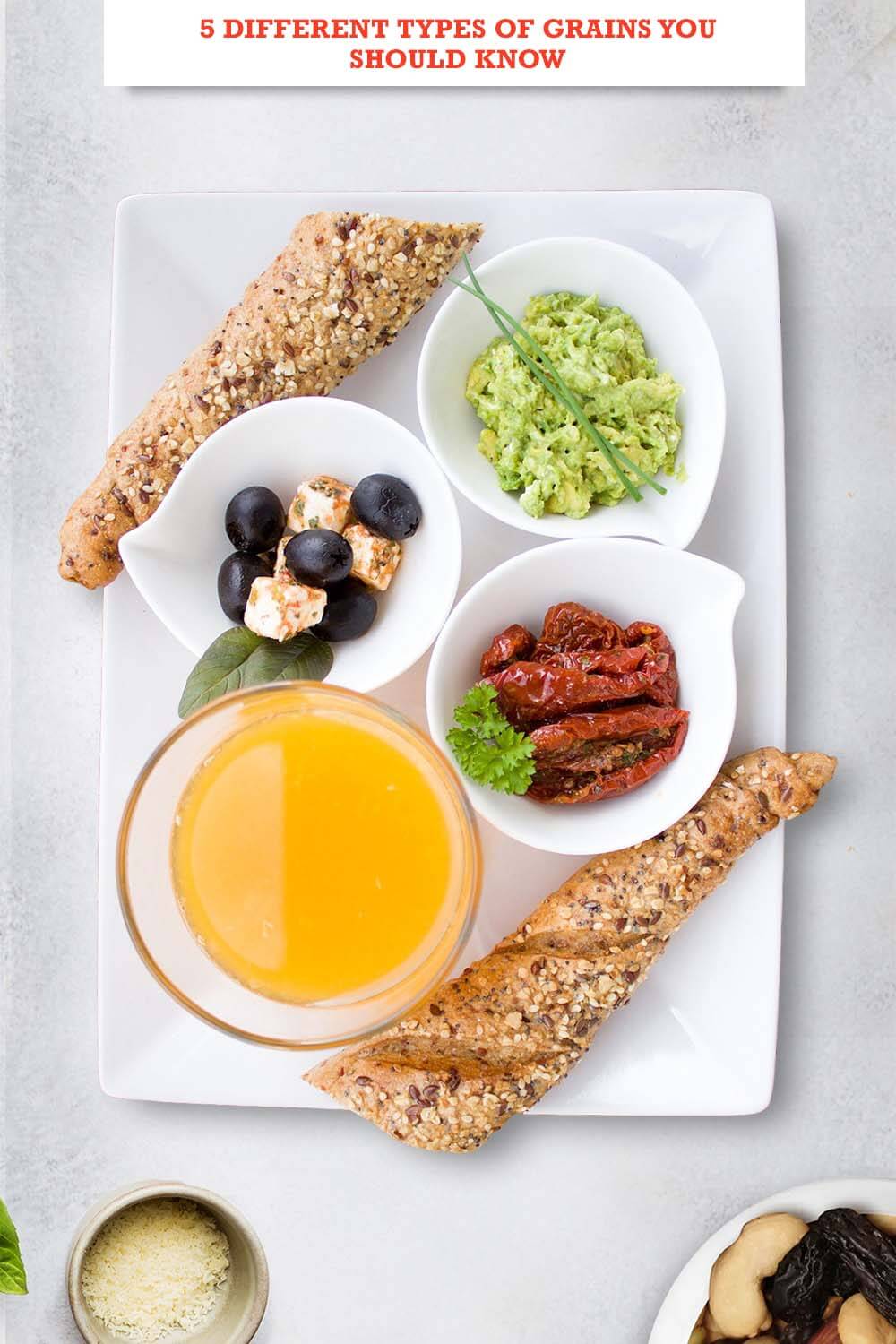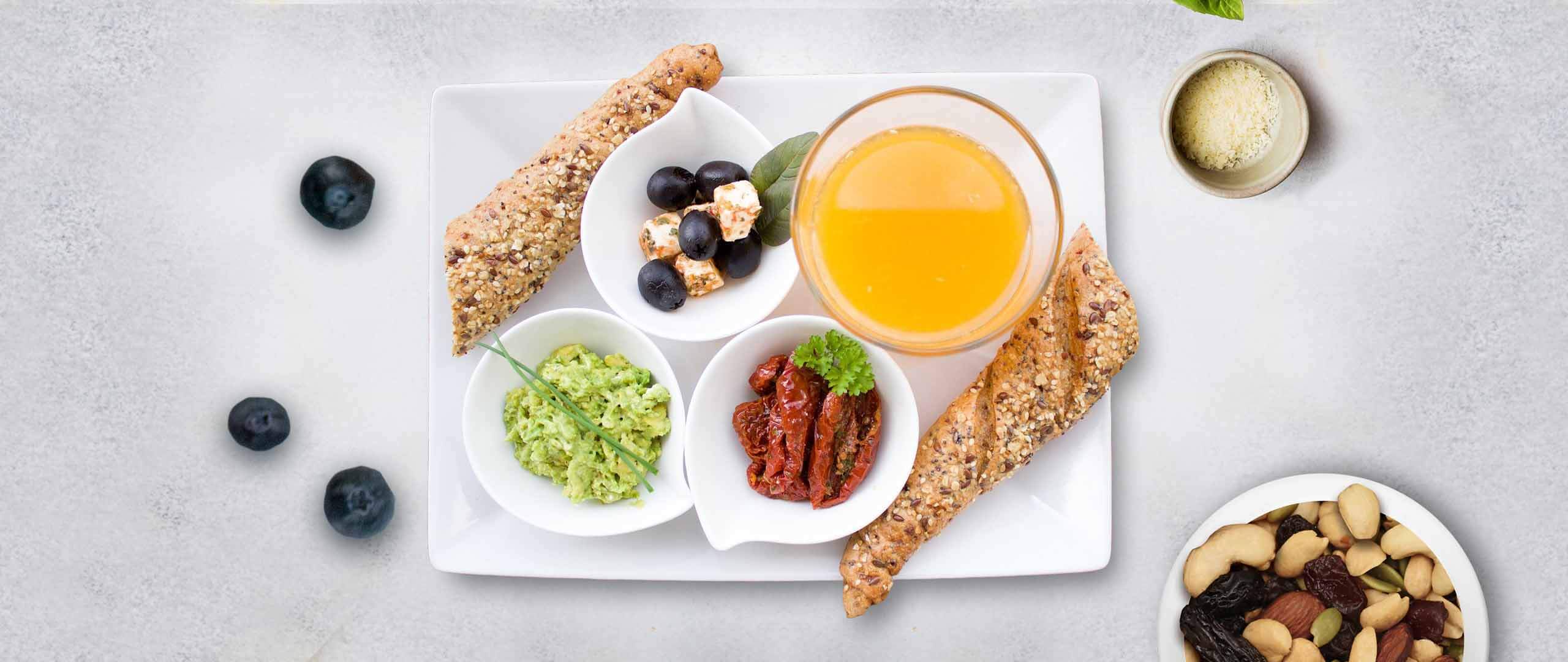For the home, many of us have an herb rack that also contains different types of grains. If you’re not a chef, most people haven’t ever bothered to open some of those bottles. Not to mention, using them while cooking. However, at Jane’s Cafe, we cook with many types of ingredients, including unique seeds.
But grains are an essential ingredient contained in many foods you buy. Not only are they a base for salads, but they’re also delicious in soups and mixed with meats. If you’re stuck eating rice, perhaps you just feel overwhelmed by all the different types of grains.
Different Types Of Food Grains
While corn is the world’s most important crop, it’s far from being the most exciting grain. We’re all aware that grains make up one of our primary food groups. But it’s less well-known that different types of grains offer different health benefits. And just like other foods and ingredients, they also have different flavors and textures.
With this in mind, knowing the many types of grains can help you add variety to your dishes.
Here are 5 types of grains, and some of our favorite ways to use them.
01. Amaranth
Amaranth is a narrow, whitish grain that’s full of protein. In fact, it contains 30% more protein than rye and rice. And for those with an intolerance, amaranth is also gluten-free.
Considered a native crop of Peru, it also has a long history in Mexico. It was actually a major food group for the Aztecs. This grain cooks quickly, in about 20 to 25 minutes. In addition to boiling it, you can slo pop amaranth like popcorn in a dry skillet. Use it as salad toppings or with milk and fruit for breakfast.
02. Barley
Barley is high in fiber and protein with a chewy texture similar to brown rice. And just like rice, it works in a variety of dishes. Try it in dishes such as lamb soup or risotto. Akin to how rice is cooked, barley is boiled in water for about 40 minutes. Of course, this depends on how soft you like your grains.
03. Freekeh
For centuries, freekeh has been enjoyed in countries like Egypt, Syria and Lebanon. It’s made from young wheat that’s harvested while it’s still green. And during production, it’s roasted which is how it gets a slightly smoky flavor.
Another high fiber grain, it cooks in twenty minutes or less. So it’s a great option for quick cooking when you need something healthy. We like it with long beans and tahini.
04. Buckwheat
We’re not sure if this is where the Little Rascals’ character got his name. But buckwheat is rarely consumed in its whole grain form. Instead, it usually turned into flour and makes a great alternative for those needing gluten-free flour options. It’s also what French crepes and soba noodles are made from.
05. Millet
While’s it’s the main ingredient in bird seed, it’s also very good for humans. Originally cultivated in Africa and China, millet is an ancient seed. You can ground it into flours for flatbread. In East Africa, it’s even fermented to make beer.
Although there are many kinds of millet, the one most often found in US groceries is yellow proso.
You may also enjoy reading: 6 Favorite Common Types of Salad Greens













Leave a Reply